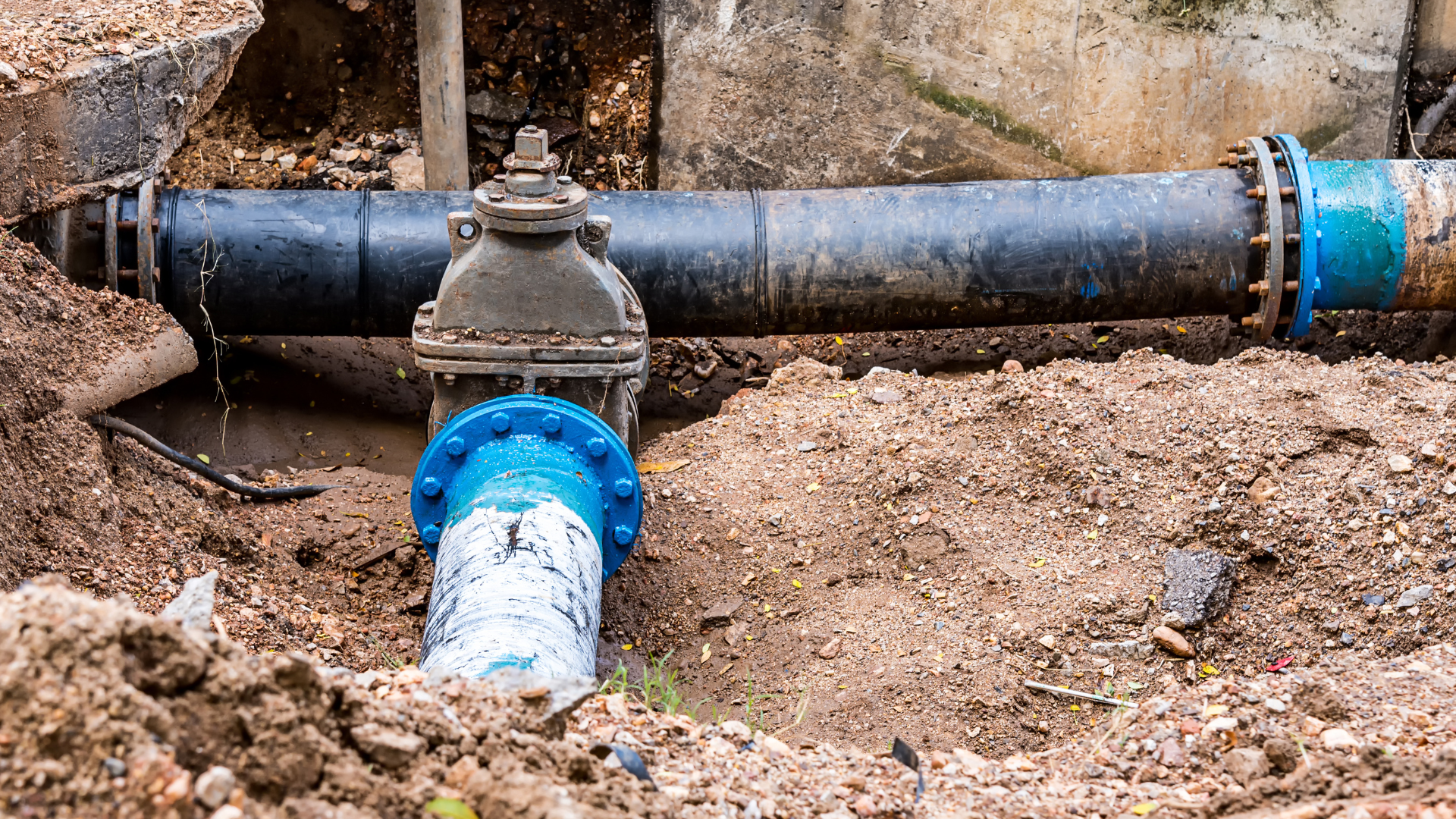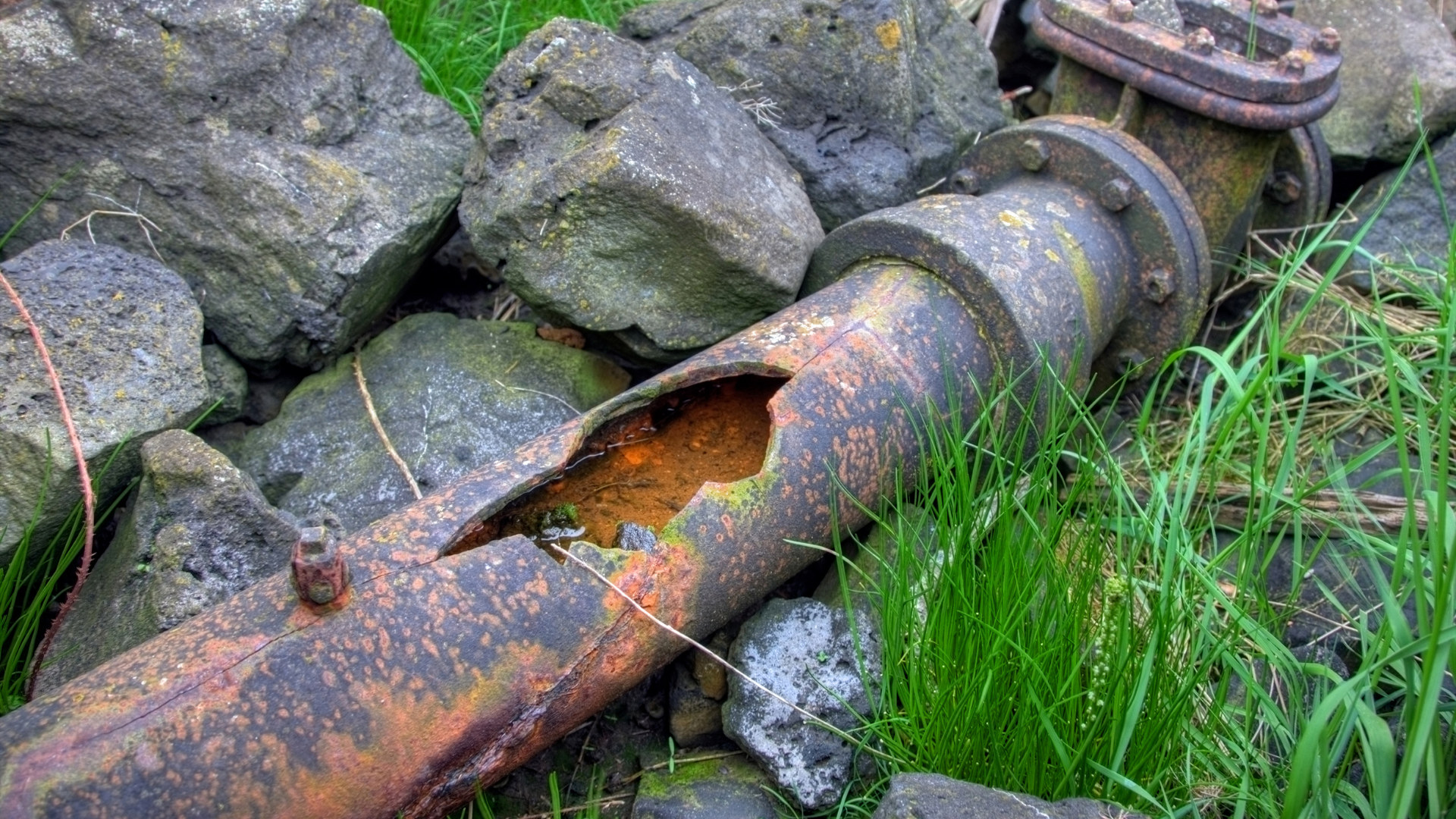7 Benefits of Pipe Relining You Might Not Know
Picture this: you're dealing with a stubborn drain that just won't cooperate, and the thought of digging up your beautiful yard sends shivers down your spine. Thankfully, there's a modern solution that doesn't involve turning your property into a construction zone: pipe relining.
This innovative technique repairs damaged pipes from the inside out, without the need for extensive excavation.
In this article, we'll explore the many benefits of pipe relining and why it's become a game-changer for homeowners.
Understanding Pipe Relining
Let's face it, dealing with plumbing problems is never fun. In the past, if you had a major pipe issue, the go-to solution was often excavation.
This meant digging up your yard, driveway, or even your foundation to access the damaged pipe.
Costly, time-consuming, and disruptive are just a few words that come to mind.
Pipe relining, however, offers a much less invasive approach. Here's how it works:
- Inspection: First things first, we need to see what's going on inside your pipes. We use a specialized CCTV camera to get a clear picture of the damage and pinpoint its exact location.
- Cleaning: Before we can proceed with the relining, we need to make sure the pipe is clean and free of any debris. This is done using high-pressure water jetting or other effective cleaning methods.
- Liner Insertion: Now for the heart of the process. A flexible liner coated with a special resin is carefully inserted into the damaged pipe.
- Curing: The liner is then inflated and cured, creating a seamless, incredibly strong pipe within the existing pipe. This new pipe is resistant to leaks, cracks, and root intrusion.
The best part? This entire process is done with minimal digging, preserving your property and saving you from headaches down the road.

7 Notable Benefits of Pipe Relining
Okay, so we know pipe relining is less invasive than traditional methods, but what are the real advantages? Let's dive into the nitty-gritty:
1. Cost-Effectiveness
Let's talk numbers. Traditional pipe replacement often involves extensive digging, landscaping repairs, and potentially even permits – all adding up to a hefty bill.
On average, traditional sewer line replacement can cost anywhere from $150 to $250 per foot in Connecticut. Pipe relining, on the other hand, typically ranges from $80 to $250 per foot, depending on the complexity and location of the repair.
While the initial cost might seem comparable in some cases, the long-term savings are significant. Relined pipes last longer and require less maintenance, saving you money in the long run.
2. Time-Saving Solution
Time is precious, and nobody wants their life disrupted by a lengthy plumbing project. Pipe relining is remarkably efficient. In many cases, the entire process can be completed within a day or two, getting your plumbing back in working order quickly. This is a stark contrast to traditional excavation, which can take a week or more, especially for extensive repairs that might involve digging up driveways or even parts of your home's foundation.
3. Minimal Disruption to Property
Remember the "no-dig" aspect we talked about? This is where it truly shines. Pipe relining preserves your property. No more digging up your beautiful landscaping, cracking your driveway, or dealing with the dust and debris of excavation. Think of it as a minimally invasive surgery for your pipes – we target the problem area with precision, leaving the surrounding areas untouched.
4. Enhanced Durability and Longevity
The new liner isn't just a quick fix; it's built to last. It's resistant to corrosion, root intrusion, and leaks, giving you peace of mind for years to come. In fact, relined pipes can last up to 50 years or more! This means you can say goodbye to recurring plumbing headaches and costly repairs down the line.
5. Improved Water Flow and Pressure
The smooth inner surface of the liner reduces friction, allowing water to flow more freely. This means better water pressure and less chance of clogs and blockages. Imagine enjoying a strong, consistent flow of water in your showers, sinks, and appliances – pipe relining can make that a reality.
6. Environmentally Friendly Option
Pipe relining is a greener choice for our planet. It generates less waste compared to traditional methods, as there's no need to dispose of large amounts of soil or old piping. Additionally, some liner materials are even eco-friendly, made from sustainable or recycled resources.
7. Increased Property Value
A fully functional and updated plumbing system is a huge selling point for potential buyers. Pipe relining is an investment that can pay off when it's time to sell your home. Buyers are more likely to pay a premium for a property with a modern, reliable plumbing system, giving you a significant advantage in the real estate market.

Pipe Relining Applications
You might be wondering, "What kind of plumbing problems can pipe relining actually fix?" The good news is, it's a versatile solution for a wide range of issues, including:
- Leaking pipes: Those pesky drips and leaks are no match for a relined pipe.
- Cracked or broken pipes: Whether it's due to age, shifting soil, or accidental damage, pipe relining can restore structural integrity.
- Root intrusion: Tree roots are notorious for finding their way into pipes, but relining creates an impenetrable barrier.
- Pipe corrosion: Over time, pipes can corrode and deteriorate, but a liner provides a fresh, corrosion-resistant surface.
- Sewer line issues: From clogs and blockages to pipe collapses, relining can often address even the most challenging sewer line problems.
And the best part is, pipe relining works on a variety of pipe materials commonly found in Connecticut homes and businesses, including PVC, cast iron, and clay pipes.
Choosing the Right Pipe Relining Contractor
Pipe relining is a specialized field, so it's really important to choose a contractor you can trust. Here are a few key things to keep in mind:
- Licensing and Insurance: Make sure the contractor is properly licensed and insured in the state of Connecticut. This protects you in case of any mishaps.
- Experience and Reputation: Look for a company with a proven track record and positive customer reviews. Don't hesitate to ask for references.
- Detailed Quotes: Request detailed quotes from multiple contractors, outlining the scope of work, materials used, and total cost.
- Warranties: Inquire about warranties offered on both materials and workmanship. A reputable contractor will stand behind their work.
Choosing the right contractor can make all the difference in ensuring a successful pipe relining project.
Conclusion
As you can see, pipe relining offers a winning combination of cost-effectiveness, efficiency, and long-lasting results. It's a smart solution for homeowners who want to address plumbing problems without the hassle and expense of traditional methods.
If you're facing a plumbing issue and think pipe relining might be the right solution, give us a call at The Drain Doctor. We're happy to answer your questions and provide a free consultation.

The Drain Doctor
1083B
Farmington Ave, Berlin, CT 06037, United States of America
Operating Hours:
Weekend: Closed
Weekdays: 8am - 4:30pm
